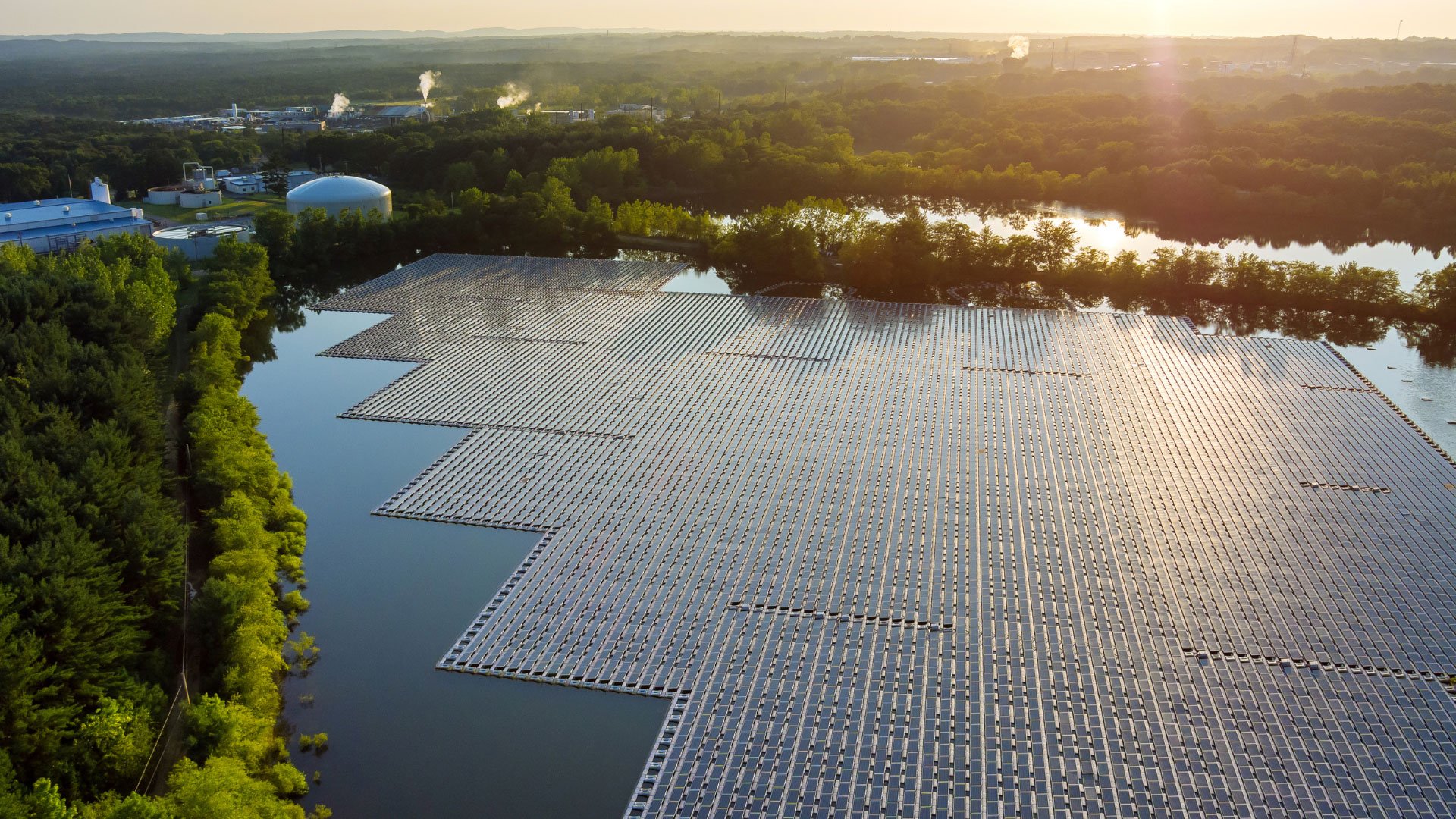Floating Solar Panels: An Innovative Renewable Energy Source
As the world increasingly turns to renewable energy sources, solar panels have emerged as a leading contender to help reduce carbon emissions and combat climate change. One innovative application of solar technology is the use of floating solar panels on reservoirs, providing a promising avenue for expanding the use of solar power while also addressing some of the challenges associated with traditional land-based solar installations.
The idea of floating solar panels is not a new one. The first large-scale floating solar plant was built in 2007 in Japan, and since then, floating solar installations have been built in countries such as China, India, and the United States. However, the use of floating solar panels on reservoirs is a particularly compelling application due to the unique benefits it offers.
One of the primary advantages of floating solar panels on reservoirs is that they can help address the land use issues associated with traditional solar installations. As solar technology has become more widespread, concerns have been raised about the amount of land that is required to build large-scale solar farms. By contrast, reservoirs are already existing bodies of water that are not typically used for other purposes, making them an ideal location for solar panels.
Additionally, floating solar panels can help address some of the challenges associated with land-based solar installations, such as the issue of land availability and the need for costly land acquisition. Floating solar panels can also be more efficient than land-based panels, as they are able to take advantage of the natural cooling effect of the water to increase their efficiency.
Another benefit of floating solar panels on reservoirs is that they can help reduce evaporation from the water surface. In arid regions, this can be particularly important, as water resources are often scarce. By shading the water surface, floating solar panels can help reduce evaporation and preserve water resources.
Perhaps most importantly, floating solar panels on reservoirs can help expand the use of renewable energy sources and reduce reliance on fossil fuels. According to a study published in the journal Environmental Science & Technology, the potential for floating solar installations on reservoirs is significant, with the potential to generate up to 10 percent of the world's electricity.
Of course, there are challenges associated with floating solar panels on reservoirs as well. For example, the panels must be designed to withstand wind and wave action, and there are concerns about the potential impact on aquatic ecosystems. However, many of these challenges can be mitigated through careful design and planning.
In conclusion, the use of floating solar panels on reservoirs represents a promising avenue for expanding the use of renewable energy sources and reducing reliance on fossil fuels. By taking advantage of existing bodies of water, floating solar panels can help address the land use issues associated with traditional solar installations while also providing a range of other benefits. As the world continues to look for ways to combat climate change and transition to a more sustainable future, floating solar panels on reservoirs are sure to play an important role.



